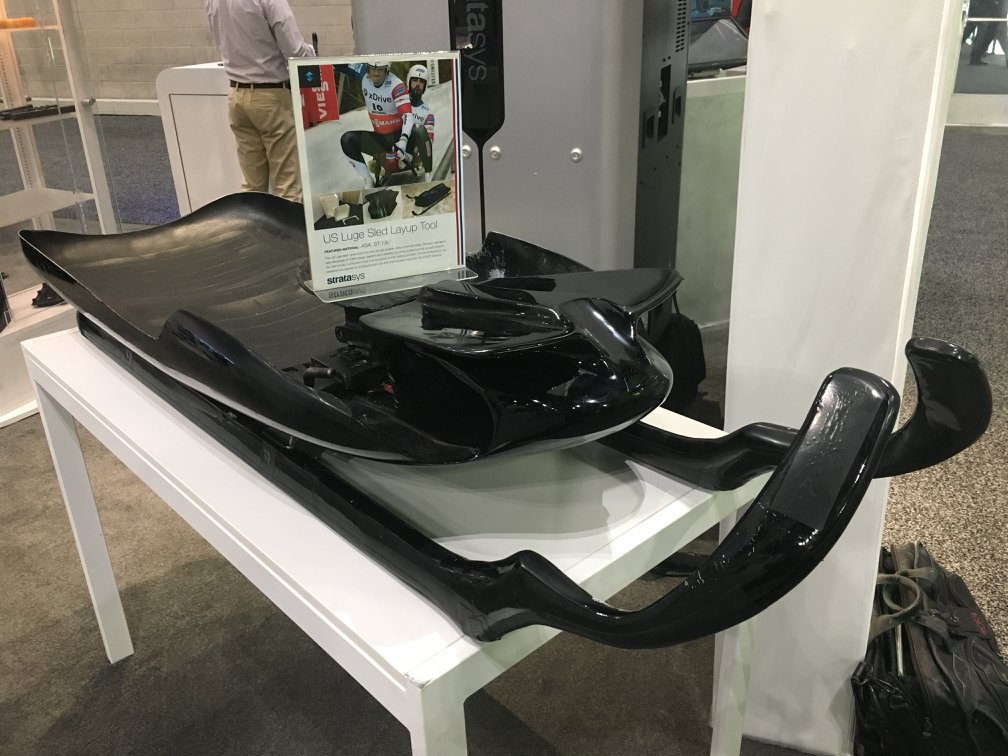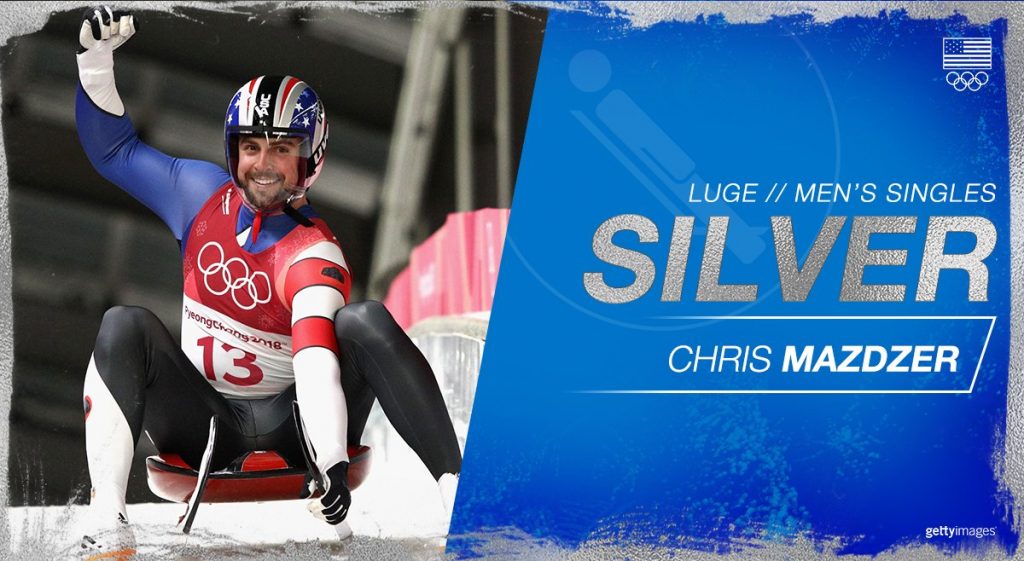With the 23rd Winter Olympic Games underway in PyeongChang, South Korea, 3D printer manufacturer Stratasys is helping the USA Luge team go for gold by incorporating 3D printing into the design of their sleds.
The Minnesota-based branch of the company has done its Olympic duty by lending its FDM technology to prototyping and tooling the fastest sled possible.
3D printing to the demands of the Luge
The Luge is a sport where one or two athletes try to slide down a curved track in a sled within the fastest possible time. “Lugers,” as they are known, race on their back and feet first, steering the sled by tensing their calf muscles or pressing down with a shoulder.
Perilous and fast-paced, Lugers can hit speeds of over 150 km/h. A winning time may be merely thousandths of a second faster than the next one.
The sleds consist of a fiberglass “pod,” on which the Luger lays down, and a set of sharp “steels” that make contact with the ice track. To maximize the chance of victory, Luge sleds are build according to custom specifications for each athlete, and material tweaks also play a part in improving speeds.

Stratasys and turning Lugers into winners
Team USA has previously contracted U.S. Steel to improve the speed and performance of the blades on the underside of the Luge sleds, and it has now discovered the competitive advantage that 3D printing can bring.
The team’s technicians worked with Stratasys to rapidly design, print, and test prototype sled designs within a matter of days. Through this, Team USA developed an entirely new process for fabricating their composite sleds, reducing the design cycle in the process.
With the design finalized, the technicians 3D printing on a Stratasys Fortus 900mc machine to produce molds, or tooling, and manufacture the final composite-fiberglass sleds.
With additive manufacturing brought into the process, making highly customized sleds for every team member was no longer cost-prohibitive and improved the Luger’s comfort, ergonomics, and overall performance.
So far, the efforts of Stratasys and Team USA seem to be paying off, with Chris Mazdzer winning his nation’s first ever medal in the men’s singles Luge.

3D Printing on ice
A number of other winter sports have recently benefited from 3D printing. CAPiTA has enhanced its snowboards using its new FUS3D 3D printed sidewall technology, which has won it a number of awards.
Materialise and Tailored Fits have also been 3D printing custom insoles for ski boots, to snow-sports athletes wearers optimum comfort.
Let us know what you think the best 3D printing applications have been this year. Make your nominations for the 3D Printing Industry Awards 2018 now.
For more stories on 3D printing and sport, subscribe to our free 3D Printing Industry newsletter, follow us on Twitter, and like us on Facebook.
Featured image shows Team USA’s Emily Sweeney on the Luge track in PyeongChang. Photo via AP.

